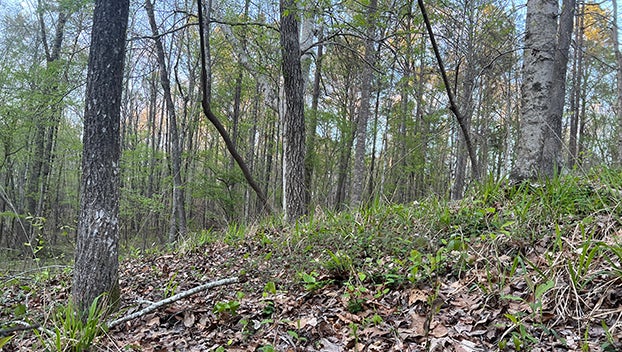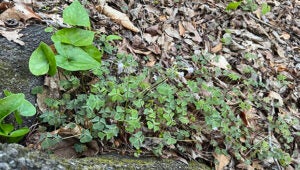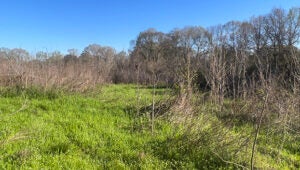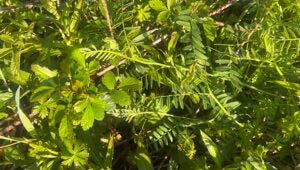Disturbance promotes diversity
Published 10:41 am Wednesday, March 20, 2024

- Disturbance promotes diversity of plant communities. Thinning of timber combined with prescribed fire can encourage under-stories to grow deer food. (Hunter Cloud | The Daily Leader)
LOYD STAR — Spring is a great time to hunt turkeys, manage habitat and enjoy the fruit of previous management work. Lincoln County is greening up as trees start to develop young leaves, clovers begin to flourish and wildflowers polka dot the landscape with a wide spectrum of bright colors. Disturbance can help promote a healty and diverse landscape.
While some people may see disturbance through fire, chemical or mechanical means as a negative, some wildlife and plant communities need disturbance to thrive. Turkeys for example need brooding and nesting cover to produce more turkeys which is often found with early successional plant communities. Likewise deer will need fawning cover in similar cover types.
Rabbits and songbirds can greatly benefit from management practices promoting early successional habitat. Squirrels and any animal who eats mast in woodlands need a diversified landscape of trees.
Disturbance is a way to achieve objectives of diversity. For example, this old field in Lincoln County was historically a cow pasture for the previous 70 years according to historical aerial photos. About five years ago, the pasture started to grow into early successional habitat and in some areas began to form young forest communities. Additionally, some areas developed monocultures of sweet gums, blackberries, goldenrod and a carpet of pasture grass.
Herbicide was applied to take out undesired hardwoods like sweetgum. Mowers and kaiser blades cut back areas of goldenrod, disks disturbed the soil and prescribed fire removed the thatch on the ground to promote diversified plant communities.
In response, hairy vetch, carolina geranium, wood sorrels, dewberry and blackberry are able to grow right now. Habitat managers may discover native grasses such as broomsedges and foxtails will also grow in disturbed areas.
Across the road from the old field habitat is an upland mixed pine stand where loblolly pine trees, oaks, hickories and other hardwoods grow tall. Reduction of tree stem density allows for more sunlight on the ground and when coupled with prescribed fire can encourage new plants to grow.
Common plants to look out for right now in mixed upland areas include little brown jug, green briar, partridge peas and trillium. If you do not see areas with these plants they may not be getting enough sunlight naturally and need disturbance such as the removal of undesirable hardwoods or thinning of pine trees.

Wood sorels and little brown jug were some of the first plants to respond to disturbance in this upland setting.
When thinning a timber stand it is important to select for a diversified stand of hardwood trees. Last year’s drought is a great example of why diversity is important. While white and southern red oaks struggled to produce acorns last year, water oaks were able to produce acorns.
Soft mast trees such as dogwoods, cherry, persimmon and pawpaw may require disturbance to flourish and regenerate.
Look around you this spring while you are out on your property and take inventory of the plant communities. One practice is to imagine yourself as a young turkey poult or fawn this summer. Do you have enough cover to survive, are you able to walk on the ground, is the brooding cover close enough to the nesting cover and what will you eat when the summer stress period comes. Set objective goals to address any habitat issues you might have and work towards them with a plan in mind.
The Mississippi Department of Wildlife, Fisheries and Parks can offer technical guidance and a fresh perspective when conducting private land site visits. Set up a visit at mdwfp.com. Additionally, the United States Department of Agriculture may offer cost share programs to help you meet management goals. Brookhaven is home to the USDA Service Center on Johnny Johnson Drive. Mississippi State University’s Extension Service is another resource and can be found at the Lincoln County Courthouse.







